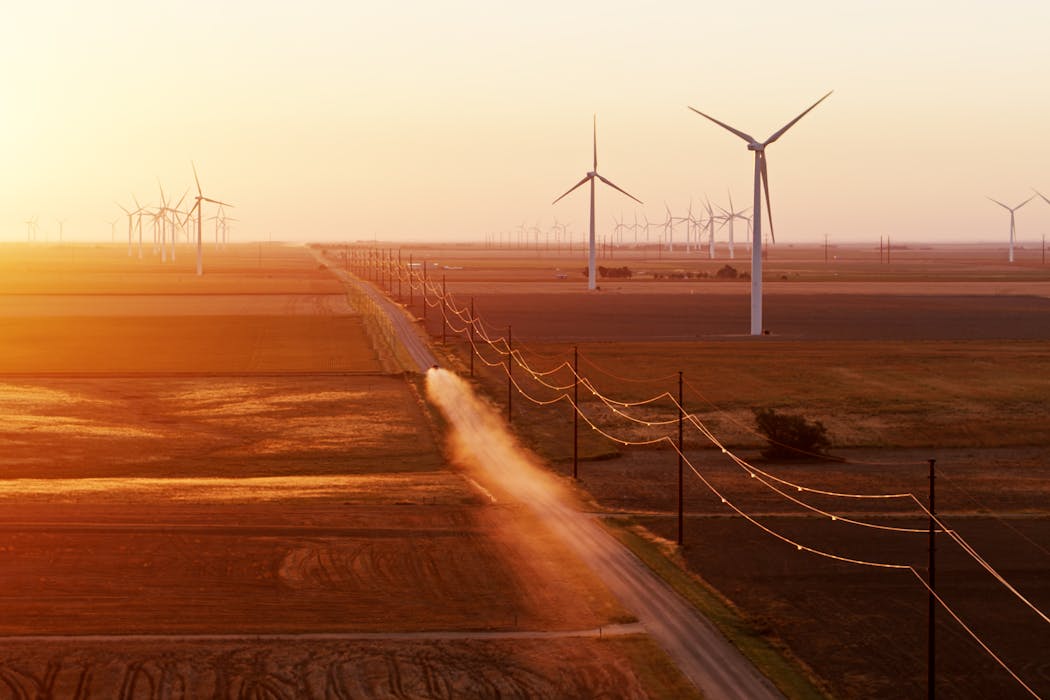New climate reporting rules start on July 1. Many companies are not ready for the change

A new financial year starts on July 1. For Australia’s large companies, that means new rules on climate-related disclosures come into force.
These requirements are the culmination of years of planning to ensure companies disclose climate-related risks and opportunities for their business. The Albanese government passed the legislation in September 2024.
To be clear, the time to prepare is gone. From July 1, large public companies and financial institutions must gather significant amounts of information and data to include in a new year-end sustainability report. Collecting all this information is one challenge; another is finding the specialists across many fields to compile the reports.
This is a huge change for corporate Australia. It is a whole new reporting regime, supported by volumes of technical detail. Directors will need to sign off on the report. Investors must also upskill to make sense of the disclosures. Neither of these outcomes is assured.
And it is not clear the increased disclosures will do anything to reduce actual emissions.
Climate impacts in focus
Though it’s called a sustainability report, in reality it is very much focused on climate-related disclosures. If you go looking for wider sustainability matters such as social impact, environmental performance and ethical choices, you will be disappointed.
Markets and ultimately the millions of Australians who hold shares will be watching to find out if:
Corporate Australia is prepared for the transition to this new regulatory regime
End users of the new reports are equipped to decipher and understand the huge amount of additional data.
My research suggests the answer to both questions is a resounding no.
Starting with the big end of town
The government has wisely adopted a three-year transition for the new reporting regime, with only the big end of town facing the music this year. Think the big four banks, big supermarkets and large miners.
Some large corporations have been publishing sustainability reports for years. National Australia Bank, for example, published its first one in 2017.
Over the next two years, medium and then smaller companies will join the fold. By 2027–28, companies will be required to report if they meet two of three thresholds: consolidated revenue of A$50 million, or consolidated gross assets of $25 million, or more than 100 employees.
The reasoning behind the transition is they have the benefit of watching how the larger companies adapt to the new laws.
What has to be disclosed?
Reporting entities must include:
– climate statements for the year plus any notes, and
– the directors’ declaration about these statements and notes
This sounds rather simple and straightforward, but it is not.
Arriving at a completed sustainability report involves an understanding of two detailed documents: the international standards and a new Australian Accounting Sustainability Standard.
The Australian standards are mandatory and based on the international rules. In broad terms, companies will be required to gather and disclose information on many micro-level issues, which are grouped into four categories. These are: governance, strategy, risk management, and metrics and targets.
Some issues will straddle all four categories.
For example, the physical risk of climate change (floods, uninsurable properties, supply chain disruption) can be considered at the board level and in dedicated climate committees (goverance); in planning for alternative supply chains in a climate transition plan (strategy); in risk assessment (risk management) and in data prediction of the costs involved (metrics and targets).
The big challenge for corporate Australia is that the people, expertise and time required to deliver a sustainability report are in short supply.
More than a quarter of ASX 200 companies do not use the international standards. This means they are not positioned to adapt to the new reporting regime. Even for those that have been early adopters, there has been selective use of the four categories.
For the smaller companies that will follow the first reporting year, the stakes are high.
More information is not always better
The amount of new information (much of it technical) to be disclosed will be overwhelming for the producers of the sustainability reports – and for the readers, whether they are institutional or mum-and-dad investors.
The cost of collecting and making sense of the data required to meet detailed reporting requirements will lead to many companies being swamped in data. More data collected does not equal better data.
Deciding what data to collect and then making sense of it so it supports disclosures will be a major headache for most companies.
The new climate disclosure rules will have a profound impact on corporate Australia. There is a significant gap in capacity and capability to meet the requirements of the new reporting regime. And there is a corresponding need to educate the readers of these new reports to make effective use of the disclosed information.
Authors: The Conversation














